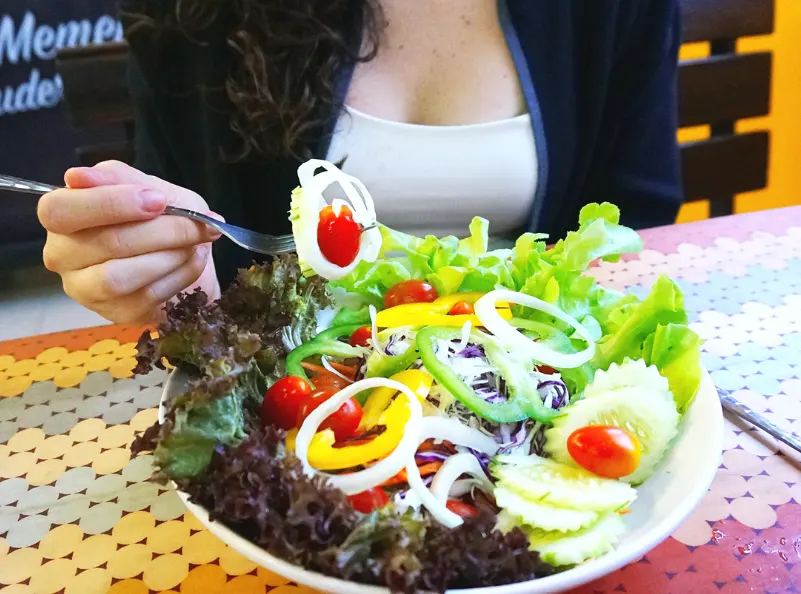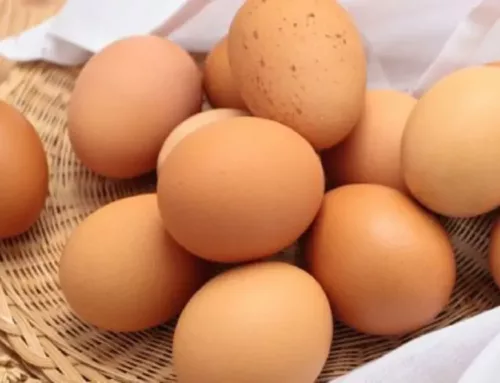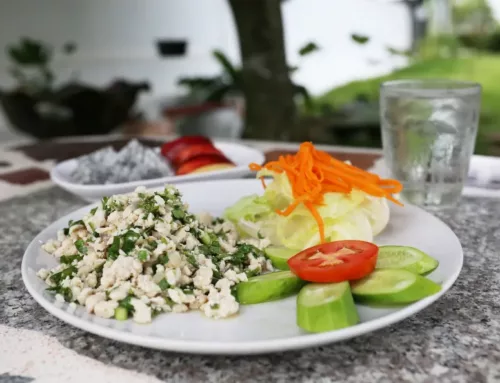Everyone knows how to make a salad, but, are you making a very healthy salad? Actually, salad doesn’t have to be boring, it can be delicious, inexpensive and nutritious. If you want to build a nutritious and complete salad, follow our tips!
Leafy Green
Use at least one type of green leaf! Lettuce, spinach, kale, cress, rocket, chard, cabbage are good examples!
The healthy properties of these foods are attributed to a large supply of antioxidant compounds (e.g., vitamins C and E, carotenoids, polyphenols) and fibre content. Other phytochemicals that contribute to both the sensory and health-promoting properties are anthocyanins and chlorophylls. Moreover, the nutrient content of these vegetables includes useful amounts of some minerals such as calcium and iron.
Adding even more colourful veggies will ensure that your salad gives you most of the vegetable servings you need each day. Plus, fruits and vegetables are colourful pigment-containing food sources, owing to their nutritional benefits and phytochemicals, they are considered as ‘functional food ingredients’ (it also makes your salad taste and look more delicious).
The World Health Organization – WHO recommends a daily intake of fresh fruit and vegetables in an “adequate quantity” needed to reduce cardiovascular disease risks. WHO defines an “adequate quantity” as being at least 400 to 500 grams per day.
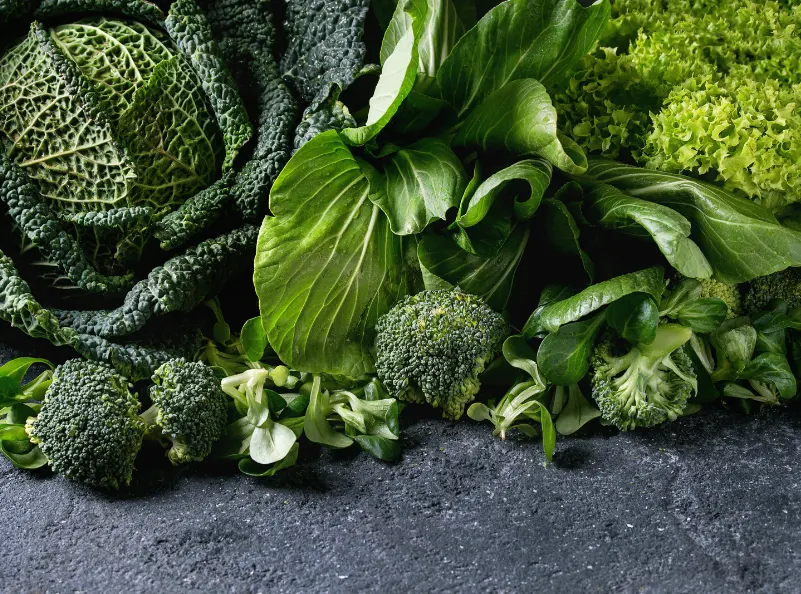
Fruit
Try adding some fruit. Sliced strawberries pair particularly well with spinach, and chopped apple goes great in your fall or winter salad, but dried fruit is also a good option. Try a tablespoon or two of raisins for sweetness and a little extra fibre and minerals.
Seeds and Nuts
Seeds and nuts are excellent protein, fibre and healthy fats sources. Sunflower seeds, pumpkin seeds, flaxseeds and chia are good examples of these. Almonds, cashew nuts, walnuts, Brazil nuts, hazelnuts and peanuts are also nutritious and delicious options. Seeds and nuts are high in calories, so measure your portion before sprinkling on (1 tablespoon is a good amount for your healthy salad).
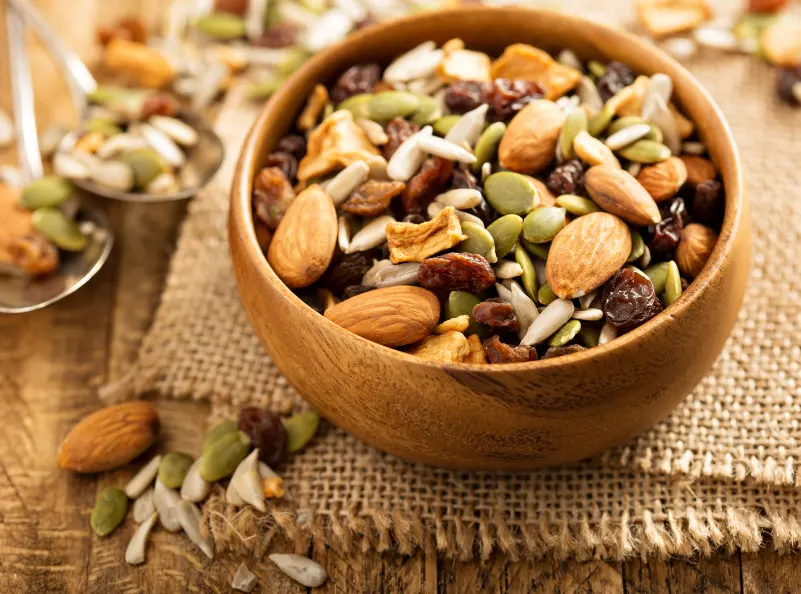
Protein
Add protein to your salad! Consume a mixed-protein diet, consisting of a variety of high-quality animal and plant-based foods. For example egg, chicken (without the skin), fish, chickpea, peas, lentils, beans and quinoa.
Both animal and plant-based proteins can provide the required essential amino acids for health, although animal proteins generally have a higher proportion of certain amino acids, it is possible to reach the same dietary recommendation ingestion with an individualized and balanced diet.
Fat
Add a good source of fat! Extra-virgin olive oil, sesame oil, avocado oil, flaxseed oil are excellent sources of unsaturated fatty acids, which is a type of fatty acid related to the decrease of the risk of coronary disease. It is important to remember that all types of fat should be used in moderation (no more than 1 tablespoon).
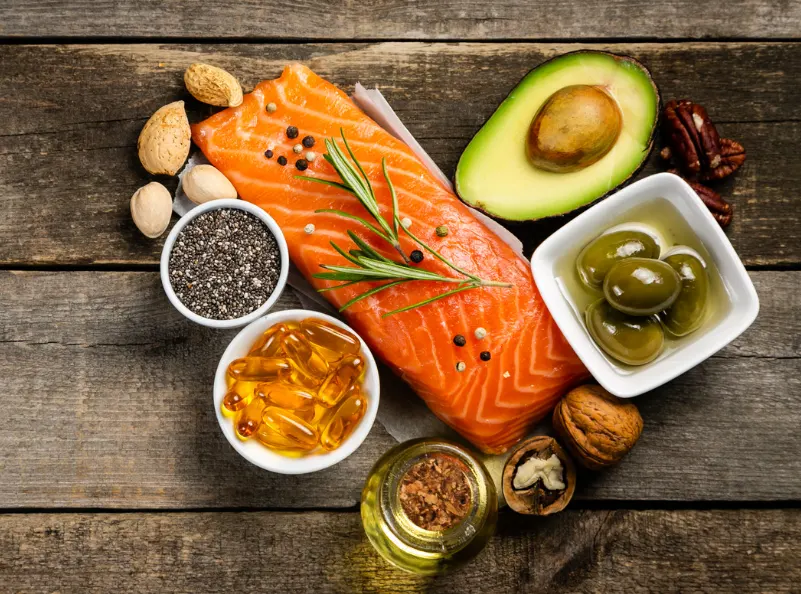
Last ingredient: acid!
You can give yourself a punch of vitamin C by adding lemon or lime juice to your salad! Another interesting option is adding apple vinegar. One study indicates that apple cider vinegar consumption (30mL/day) along with restricted calorie diet can decrease appetite, body weight, BMI (body mass index), hip circumference, VAI (visceral adiposity index), plasma triglyceride, total cholesterol concentration and also increase HDL-C level in overweight or obese subjects.
Conclusion
Salads are easy and fun to make. Be sure to use all the above ingredients to have the perfect meal, for both your stomach and your eyes. Be healthy it’s now your duty: you are the most important person on earth!
MSc Ágatha Transfeld
Nutritionist
Master’s Degree in Food and Nutrition
- https://www.sciencedirect.com/science/article/pii/S0304423812006000
- https://www.mdpi.com/1420-3049/16/2/1710
- Beneficial effects of Apple Cider Vinegar on weight management, Visceral Adiposity Index and lipid profile in overweight or obese subjects receiving restricted calorie diet: A randomized clinical trial

